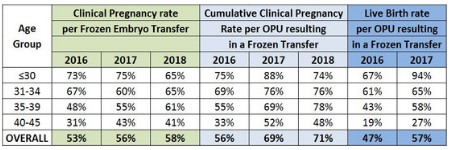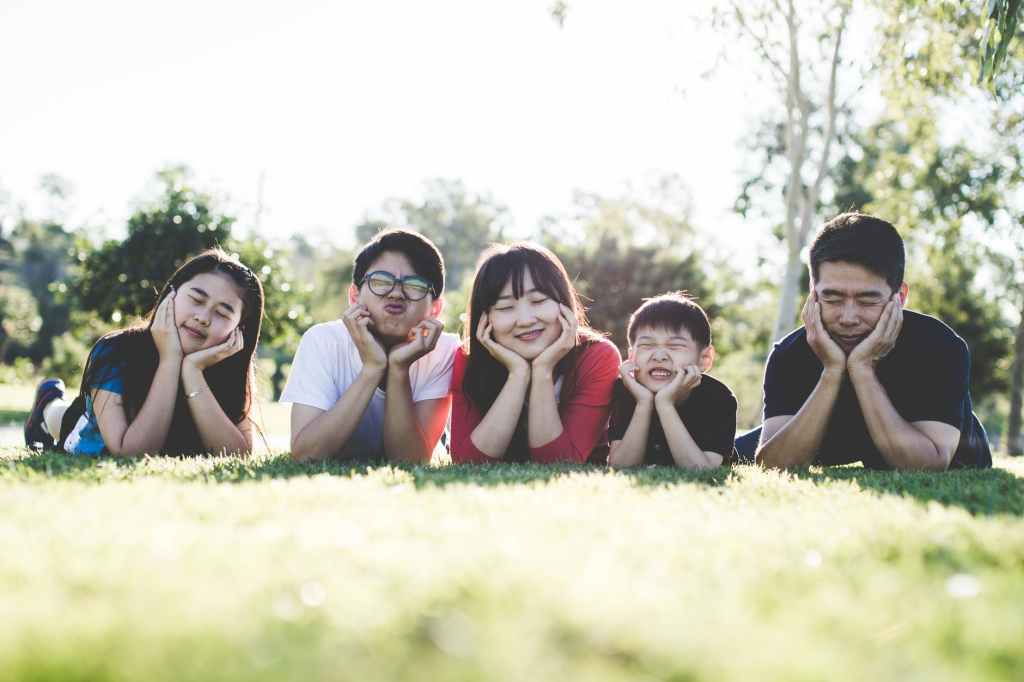For the past decades until today, the steady push toward sustained economic progress and urbanization is seen as a defining factor contributing to a remarkable decline in fertility worldwide. In fact, thanks to falling global fertility levels, the world population is predicted to slow down and shrink by 2100, with the global fertility rate projected to settle at 1.9 births per woman (2.5 today).
In Singapore alone, fertility is at an all-time low, despite the rise in citizen marriages. Age-related female infertility is rampant, with Singaporean women choosing to delay dating and marriage in favor of financial stability, and education and career advancements. The same is true for Singaporean men whose preference for singlehood or childlessness is prompted by high property prices and living costs, not to mention the constant stresses of having to keep up with a dynamic urban lifestyle.
This trend continues in other highly developed Asian countries, particularly in Japan and South Korea, where pregnancy discrimination in the workplace is still very real, prompting citizens to not pursue relationships, marriage and children. Even in China fertility is suffering, with the country abolishing its one-child policy. Other Asian countries, though having higher fertility rates in Asia, still belong to the lower ranks when compared with global fertility rates.
Low Fertility, High Demand for Treatment
Considering that many cases of infertility among Singaporean and Asian couples are due to age-related factors, it comes as no surprise that the demand for clinical infertility treatments is high, especially among older couples. Demand for assisted reproductive technology (ART) has risen in recent years, several couples travelling abroad to seek treatment. The most popular ART options to achieve pregnancy are:
- In Vitro Fertilization (IVF), where egg and sperm are retrieved and fertilized outside the body
- Intrauterine Insemination (IUI), where sperm is directly placed inside the woman’s uterus
- Gamete Intrafallopian Transfer (GIFT), where egg and sperm are injected into the fallopian tube
- Zygote Intrafallopian Transfer (ZIFT), where fertilized egg (zygote) is placed in the fallopian tube
Success Rates of ART Treatments

Singapore’s Ministry of Health (MOH) once noted the increasing number of couples seeking infertility treatments. 2015 registered over 6,044 assisted reproduction cycles that were performed in the country, a clear surge from the below 5,000 cycles done in 2012. This figure is expected to go higher through the years as couples are increasingly becoming more open about infertility and aware of available ART treatments.
In Vitro Fertilization (IVF)
Among the many ART treatments available in Asia and around the world, IVF remains the most popular. Its success rate largely depends on maternal age. On average, the success rate for IVF of a woman below 35 years old is around 40%, as opposed to only 4% for a woman above 45. For women aged 35 to 40, the use of donor eggs becomes significant, as studies show that these translate into higher IVF success rates and birth rates. Frozen embryos are also an option, and based on the figures recorded by the Virtus Fertility Center below, these also generate higher success rates.

(Source: Virtus Fertility Centre)
According to Mount Elizabeth, if using fresh eggs during an IVF cycle, the pregnancy and birth rates for women below 30 reaches up to 80%, while women below 40 will have a pregnancy and birth rate of 34% and 30%, respectively.
Intrauterine Insemination (IUI)
Another sought-after ART treatment is intrauterine insemination, more commonly known as artificial insemination. The success rate of IUI depends on three factors: age, sperm quality and the condition of the fallopian tube. Depending on age, the chance for pregnancy per one IUI cycle is estimated as follows:
- Ages 20 to 30: 17.6%
- Ages 31 to 35: 13.3%
- Ages 36 to 38: 13.4%
- Ages 39 to 40: 10.6%
- Age over 40: 5.4%
With IUI, success rate also depends on the number of IUI cycles performed. This means that a relatively young woman who undergoes 3 to 6 IUI cycles can have a pregnancy rate as high as 80%. However, since the success rate for women over 40 is too low, they are typically recommended to have IVF instead.
Gamete Intrafallopian Transfer (GIFT) & Zygote Intrafallopian Transfer (ZIFT)
Age and health are the two main factors that contribute to the success (or failure) of GIFT and ZIFT treatments. On average, a young and healthy woman will have success rates of 25 to 30% per GIFT cycle and 36% per ZIFT cycle. Through either technique, about 70% led to single births and 23% led to multiple births.
Challenges of Treating Infertility in Asia
ART treatments have been around for decades, and thanks to medical advances, such techniques are made more effective than before. Yet so many couples find it difficult to gain access to these treatments that are readily available to them due to the following:
- Cost. It’s no secret that ART treatments are costly, going so far as to push some couples into debt. Cost varies according to treatment types, as well as whether you opt to go to a private or public hospital. IVF packages in Singapore, for example, are usually offered in public hospitals for $10,000 to $15,000, and in private hospitals at $12,000 to $20,000. In light of this, the MOH has established a co-funding system, and Medisave, to help couples shoulder expenses of ART treatments.
- Social stigma. Long labeled as a disease, infertility has been a taboo subject surrounded by shame and stigma among Asian communities. Infertility is often accompanied by negative connotations and labels, especially for the woman. It’s no surprise then that many who are suffering from infertility and subfertility are choosing to keep silent, let alone seek treatment.
- Laws and regulations. Some countries have established strict laws regulating the practice and provision of ART procedures and alternative treatments like surrogacy. These include meeting requirements to be eligible to receive such treatments. For instance, in some Asian countries, IVF is available to married couples alone while in others, the practice of social egg freezing is not allowed.
- Ethics. Being home to more conservative countries, the Asian region is also particular on the ethics and code of conducts of ART treatments, particularly with regards to how samples (excess eggs and embryos) are handled. Some religions allow ART treatments, provided that no donor eggs or sperm are used. Others completely discourage and oppose such procedures.

Leave a comment